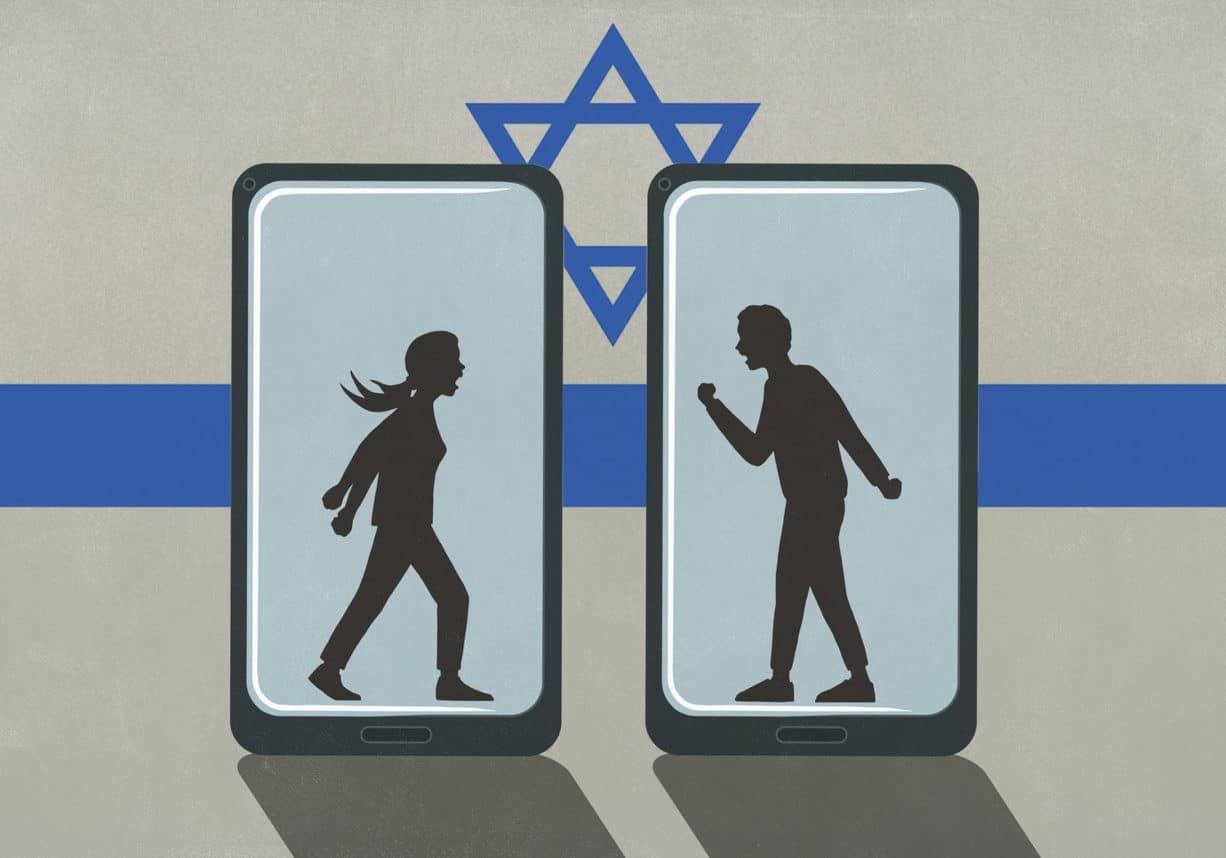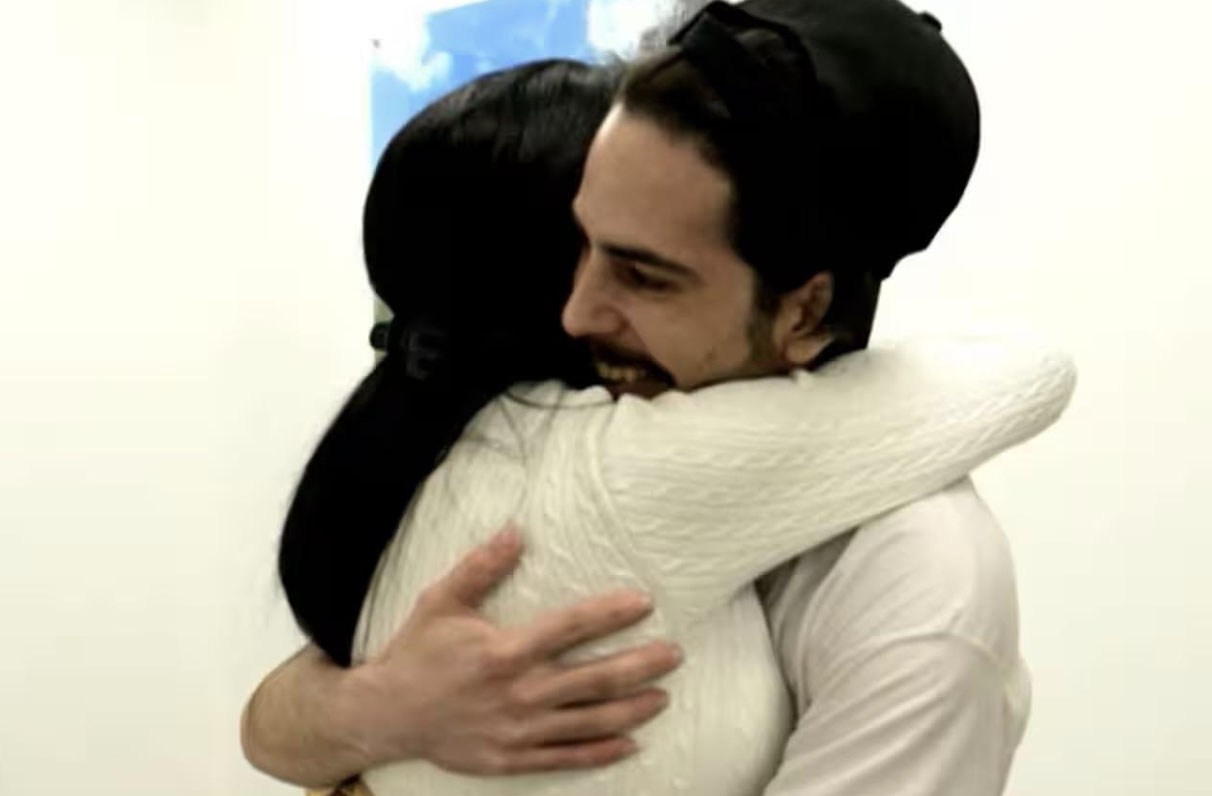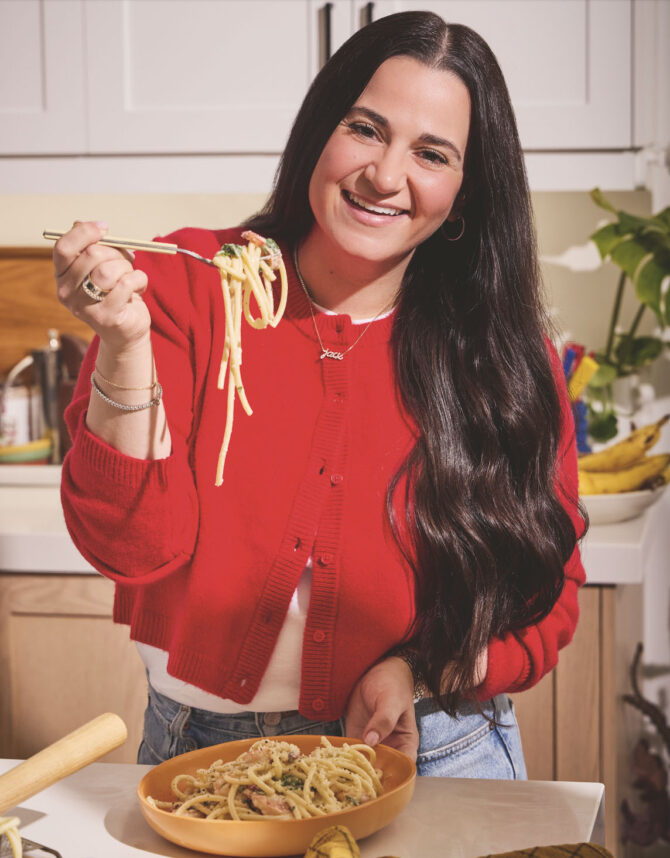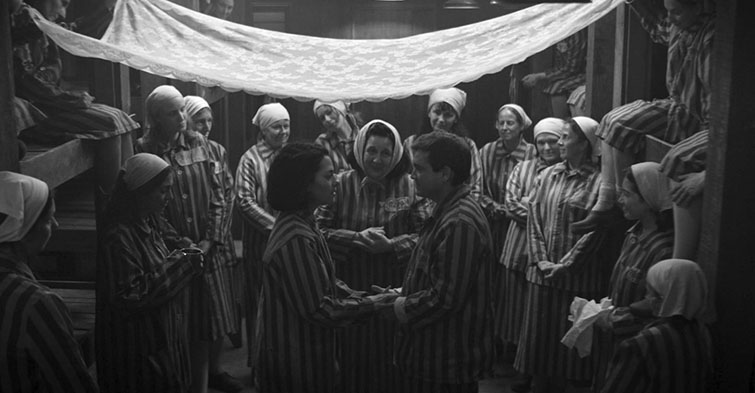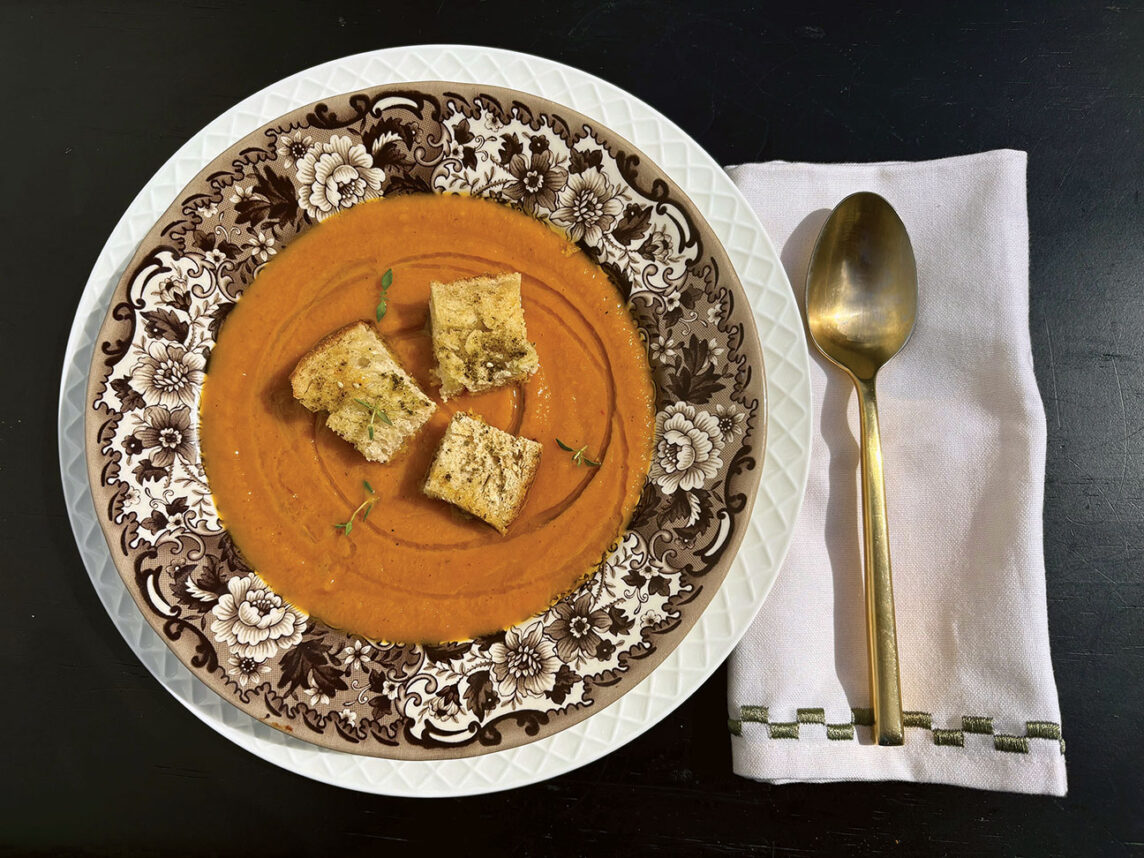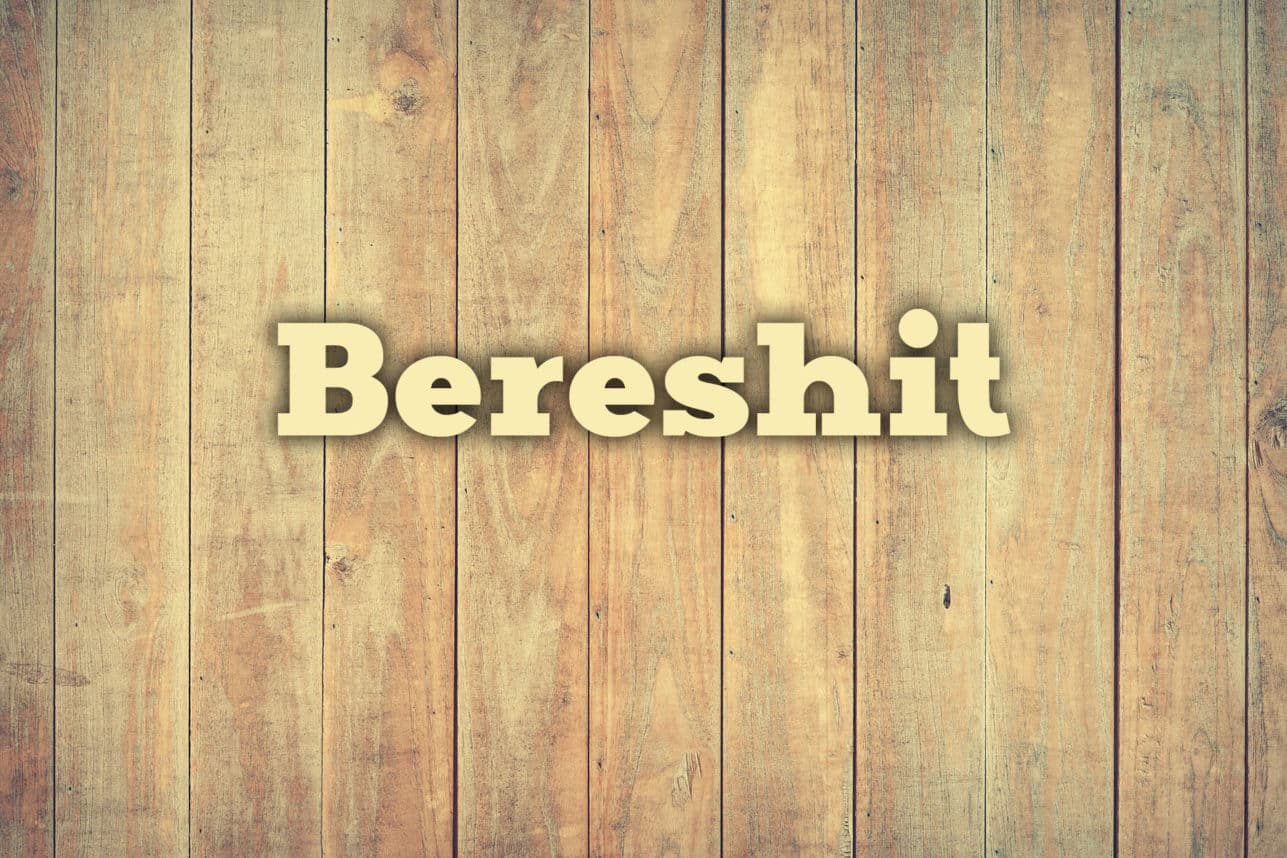
I’ve always been fascinated by the whole idea of money. I’ve learned through the years that you don’t really know someone until money enters the picture.
I remember once needing a short-term loan pertaining to an ad agency I had started. I asked a friend who was well off but he politely declined (we’re still friends). Then, on a hunch, I tried a new acquaintance who was also well off. He wired me the money that afternoon. After I repaid him the following week, he called me to complain that the flowers I sent him couldn’t fit through his office door. His trust in me, and the mutual trust it engendered, helped define our long friendship.
When you run a non-profit, money is the lifeblood of both survival and growth.
The more dramatic and urgent your cause, the more money you’re likely to raise, assuming of course that you have a great staff and run a tight operation.
In recent years, two areas in the Jewish world have attracted much donor attention: Fighting the rise of antisemitism and helping Israel after Oct. 7, both of which are supremely worthy causes.
The non-profit I run, The Jewish Journal, obviously lacks the urgency of a classic activist cause. Our cause is journalism and storytelling, and donors these days tend to give to activist groups who create the stories.
What has made fundraising even more of a challenge for the Journal is that we give away the paper for free– even though it costs a mini-fortune to print and distribute.
So, how to bring up the uncomfortable subject of money, an awkward subject under any circumstances? When your labor of love is storytelling, how do you take a time-out for another story– the story of how to pay for the high cost of printing and distribution?
It turns out we had an ace up our sleeve: our readers. You see, our readers really love the paper. I mean really love it (“My wife tells me not to come home without it,” “There’s so much good stuff it takes me all week to get through it,” “Shabbat is not Shabbat without it,” “We love to go through it with the kids,” “We use it as Jewish education in classes,” and on and on).
This love was so palpable we concluded that since it was the readers who valued our paper the most, they were the ones most likely to pay for it. They were our ideal donors.
So we decided to pivot to a subscription model and, lo and behold, a whole bunch of readers are telling us, “Yes, we’ll pay for it.” Since we announced home delivery a week ago, hundreds of readers have already subscribed, and some have donated more than the subscription price.

What’s my biggest life lesson, then, about money? Above all, don’t be shy to charge what you’re worth. If you’re really worth it, people will gladly pay.
They will also value it more. There’s a phenomenon in psychology called the “endowment effect”—people will value things more when they have paid for them. Given that the Journal was already highly valued, maybe I shouldn’t be surprised by our readers’ willingness to step up and contribute.
Perhaps another reason so many readers have stepped up is simply that they want their award-winning community paper to succeed, and a subscription model that enables that is to their benefit.
In recent days, we’ve spoken to leaders of places that are used to receiving anywhere from 25 to 100 Journals each week. They’re now reaching out to their own donors to ask them to sponsor their locations, and we are helping them. When our print edition resumes in early September in time for the High Holidays, we’d like as many of these locations as possible to continue receiving their Journals.
So, if you get a call from a leader of a synagogue, Jewish day school, senior home or any other Jewish space asking you to sponsor their Journals, we assure you it’ll be worth saying yes to this unique community mitzvah.
If you get a call from a leader of a synagogue, Jewish day school, senior home or any other Jewish space asking you to sponsor their Journals, we assure you it’ll be worth saying yes to this unique community mitzvah.
If you’re one of those donors who tend to give to non-profits who create stories, remember that these non-profits are actually our bread and butter– because our very mission is to tell their stories to the community. Our cause, in other words, supports all the other causes.
That’s why I’m not shy to allow money to enter the picture, and why I hope you won’t be shy to say yes, like my old friend did.


